Comparison of Like Fractions
Any two like fractions can be compared by comparing their numerators. The fraction with larger numerator is greater than the fraction with smaller numerator, for example 713 > 213 because 7 > 2.
1. In comparison of like fractions here are some rectangular figures.
(i)
In (i) shaded portion represents 27
(ii)
In (ii) shaded portion represents 37
(iii)
In (iii) shaded portion represents 57
It is clear that 27 < 37 < 57
or 57 > 37 > 27
Thus, in like fractions or fractions having same denominator, that fraction is greater which has the greater numerator.
Accordingly, 35 > 25; 25 < 35
1517 > 1017; 1017 < 1517
2. Again, let us consider 25 and 35.
3 > 2
Hence, for any two like fractions, the fraction with the larger numerator is greater than the fraction with smaller numerator.
If
there are three or more like fractions, they may be arranged in
ascending (increasing) and descending (decreasing) order. The order will
be according to the order of the numerators.
(a) Ascending order: 19, 29, 39, 49, 59, 69, 79, 89:
as, 1 < 2 < 3 < 4 < 5 < 6 < 7 < 8
(b) Descending order: 89, 79, 59, 49, 39, 29, 19:
as, 8 > 7 > 5 > 4 > 3 > 2 > 1
Similarly again;
(a) Ascending order: 517, 717, 817, 1117, 1317, 1417, 1617:
as, 5 < 7 < 8 < 11 < 13 < 14 < 16
(b) Descending order: 1617, 1417, 1317, 1117, 817, 717, 517:
as, 16 > 14 > 13 > 11 > 8 > 7 > 5
Comparison of Fractions:
Case I: Fractions with same Denominator:
If two fractions have the same denominator, the fraction with greater numerator denotes the greater fraction.
For example,
69 > 49
23 < 53
Comparison of fractions with the same denominator
Observe the following figures.
In the first figure, 2 parts out of 6 equal parts are shaded.
In the second figure, 3 parts out of 6 equal parts are shaded.
Clearly, shaded parts in the second circle are more than those in the first circle.
Thus, 36 > 26 or 26 < 36
Hence, among two fractions having the same denominator, the fraction with the greater numerator is greater than the other.
1. Compare 25 and 45
Solution:
Consider 25, 45
Since, 4 > 2, hence 45 > 25 or 25 < 45
2. Compare 715 and 815
Solution:
Consider 715, 815
Since, 8 > 7, hence 815 > 715 or 715 < 815
Three or more like fractions can be arranged in ascending or descending order by arranging their numerators in ascending or descending order.
For example, the fractions 811, 711, 1011, 311 can be arranged in the ascending order as 311 < 711 < 811 < 1011
Case II: Fraction with Like Numerators:
The fraction with smaller denominator is greater.
Examples:
47 > 410;
813 > 817;
1833 > 1841 etc.
Similarly, 35 < 34;
1113 < 1110;
2542 < 2537 etc.
Worksheet on Comparison of Like Fractions:
1. Compare the given fractions and put the right sign <,> or =.
(i) 74 …… 114
(ii) 813 …… 213
(iii) 524 …… 724
Answers:
1. (i) <
(ii) >
(iii) <
2. Put the appropriate sign >, < or = in the box.
(i) 38 ______ 28
(ii) 117 ______ 137
(iii) 29 ______ 79
(iv) 511 ______ 111
Answers:
2. (i) >
(ii) <
(iii) <
(iv) >
Related Concept
- Fraction of a Whole Numbers
- Representation of a Fraction
- Equivalent Fractions
- Properties of Equivalent Fractions
- Like and Unlike Fractions
- Comparison of Like Fractions
- Comparison of Fractions having the same Numerator
- Types of Fractions
- Changing Fractions
- Conversion of Fractions into Fractions having Same Denominator
- Conversion of a Fraction into its Smallest and Simplest Form
- Addition of Fractions having the Same Denominator
- Subtraction of Fractions having the Same Denominator
- Addition and Subtraction of Fractions on the Fraction Number Line
- Word Problems on Multiplication of Mixed Fractions
- Worksheet on Word Problems on Multiplication of Mixed Fractions
- Multiplying Fractions
- Dividing Fractions
- Word Problems on Division of Mixed Fractions
- Worksheet on Word Problems on Division of Mixed Fractions
4th Grade Math Activities
From Comparison of Like Fractions to HOME PAGE
Didn't find what you were looking for? Or want to know more information about Math Only Math. Use this Google Search to find what you need.
Recent Articles
-
Converting Fractions to Decimals | Solved Examples | Free Worksheet
Apr 28, 25 01:43 AM
In converting fractions to decimals, we know that decimals are fractions with denominators 10, 100, 1000 etc. In order to convert other fractions into decimals, we follow the following steps: -
Expanded Form of a Number | Writing Numbers in Expanded Form | Values
Apr 27, 25 10:13 AM
We know that the number written as sum of the place-values of its digits is called the expanded form of a number. In expanded form of a number, the number is shown according to the place values of its… -
Converting Decimals to Fractions | Solved Examples | Free Worksheet
Apr 26, 25 04:56 PM
In converting decimals to fractions, we know that a decimal can always be converted into a fraction by using the following steps: Step I: Obtain the decimal. Step II: Remove the decimal points from th… -
Worksheet on Decimal Numbers | Decimals Number Concepts | Answers
Apr 26, 25 03:48 PM
Practice different types of math questions given in the worksheet on decimal numbers, these math problems will help the students to review decimals number concepts. -
Multiplication Table of 4 |Read and Write the Table of 4|4 Times Table
Apr 26, 25 01:00 PM
Repeated addition by 4’s means the multiplication table of 4. (i) When 5 candle-stands having four candles each. By repeated addition we can show 4 + 4 + 4 + 4 + 4 = 20 Then, four 5 times


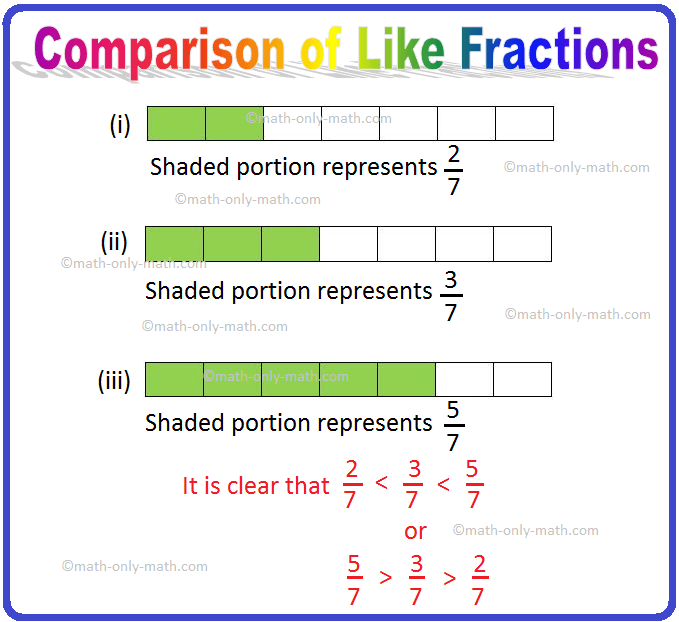
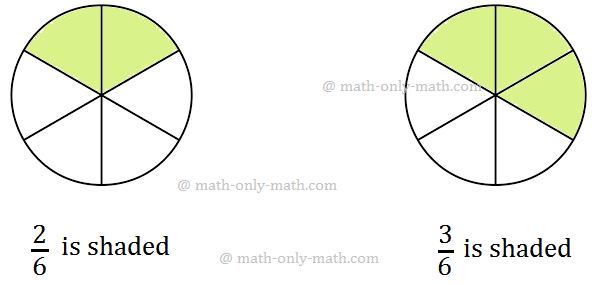



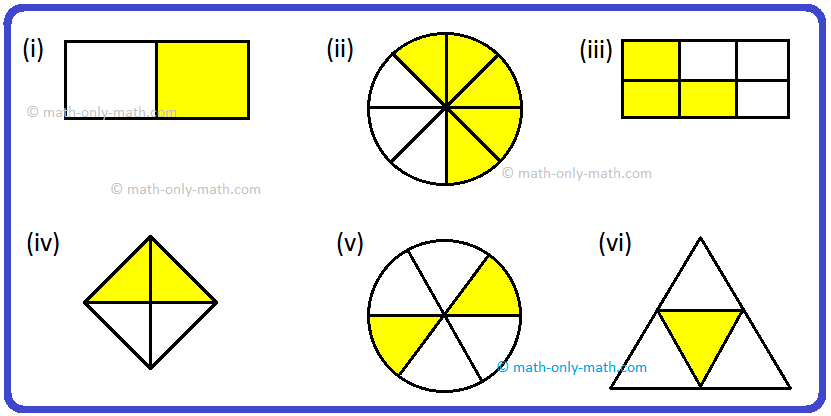
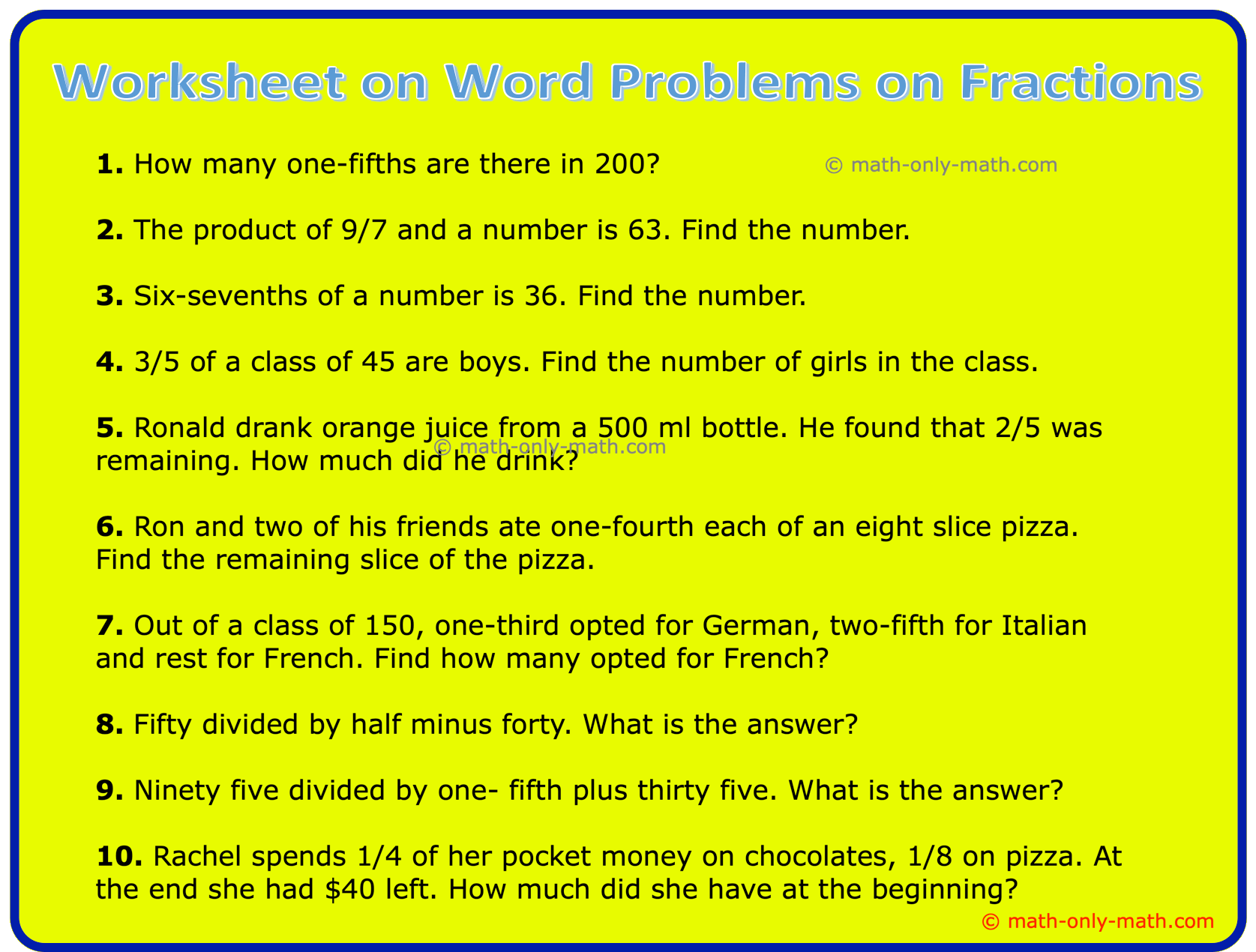








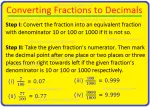

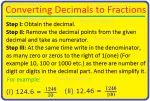
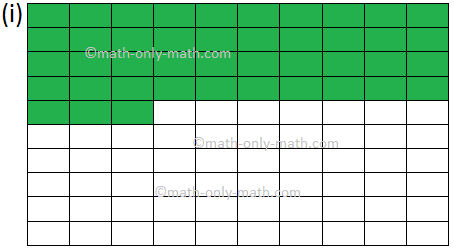
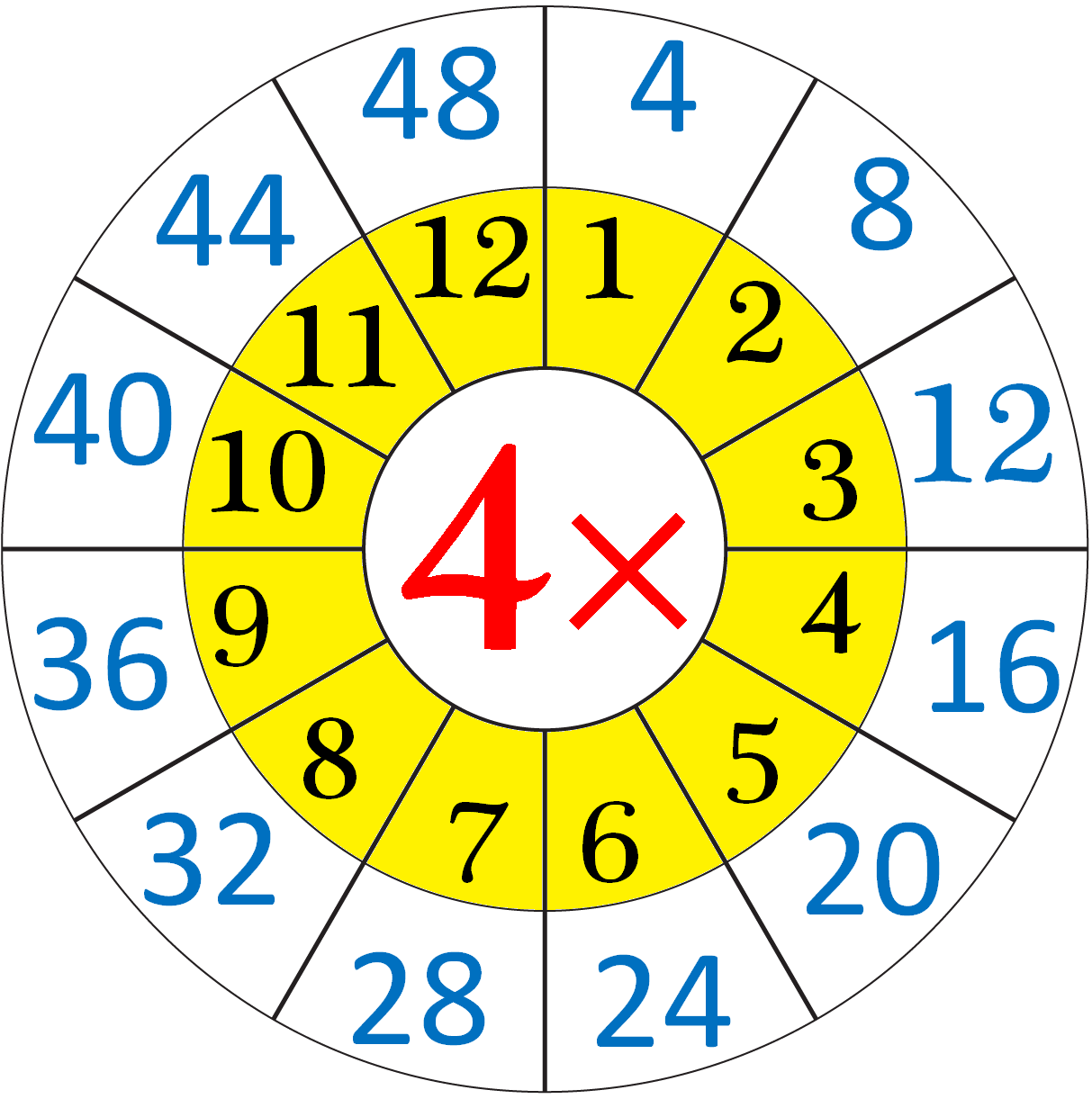
New! Comments
Have your say about what you just read! Leave me a comment in the box below. Ask a Question or Answer a Question.